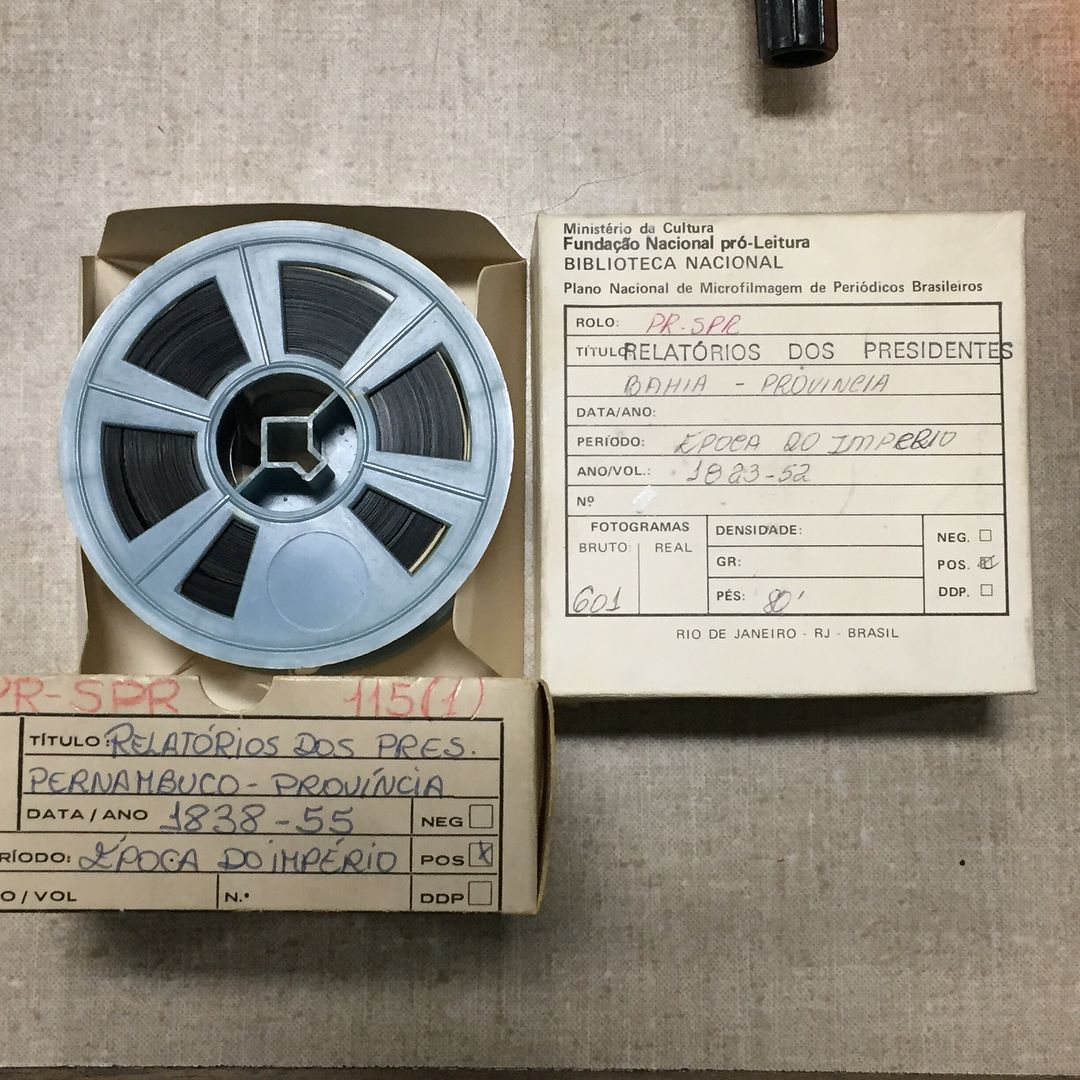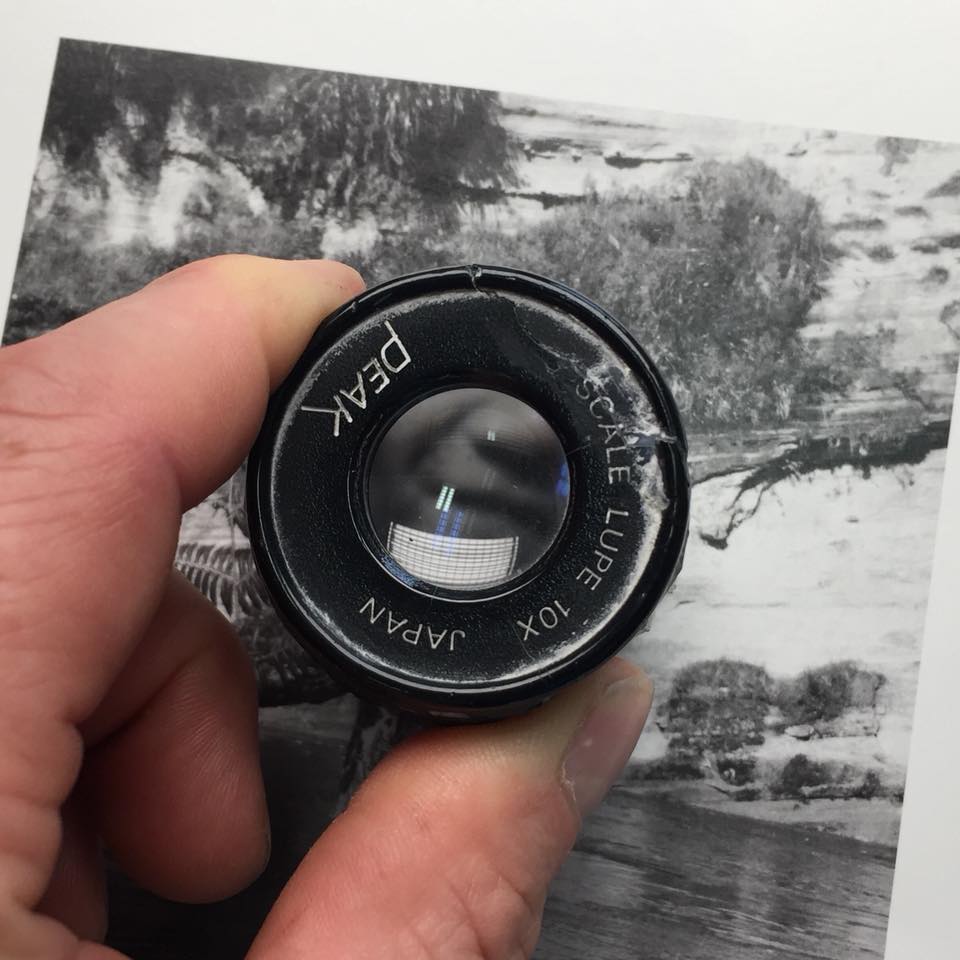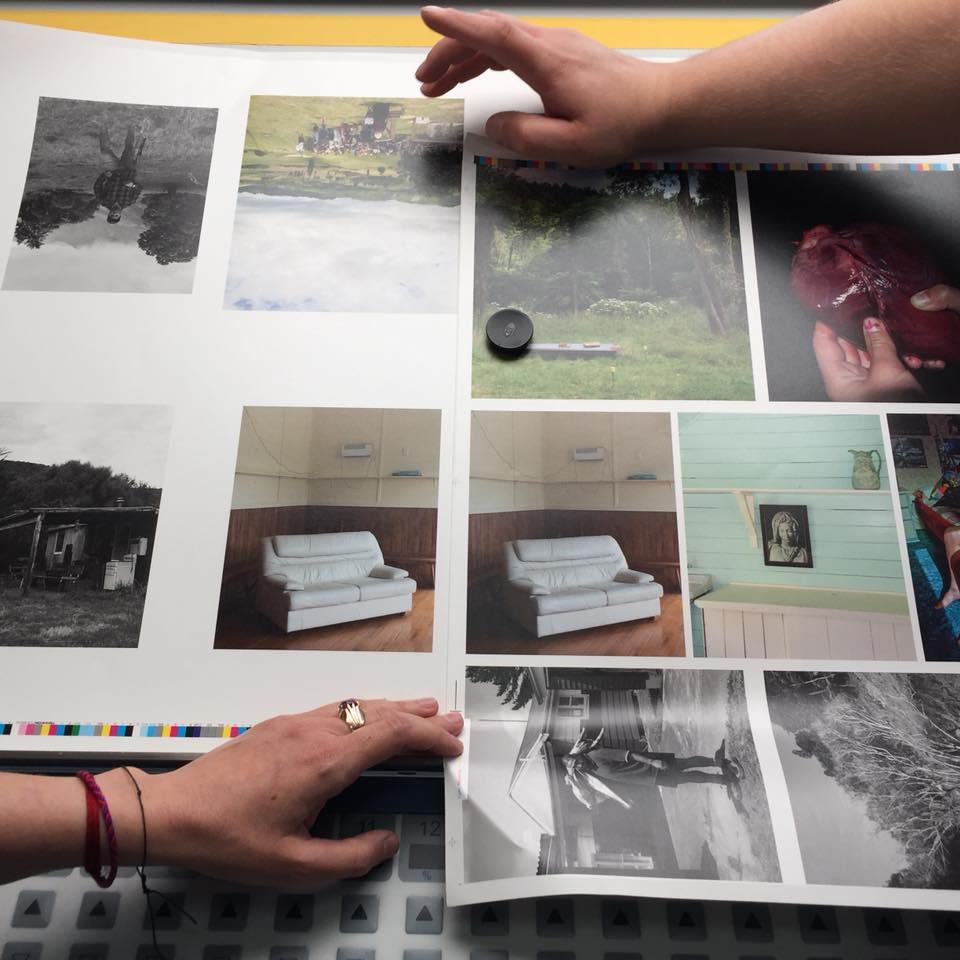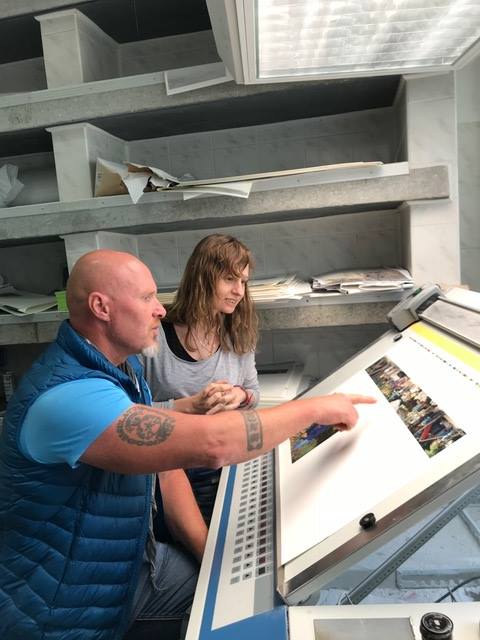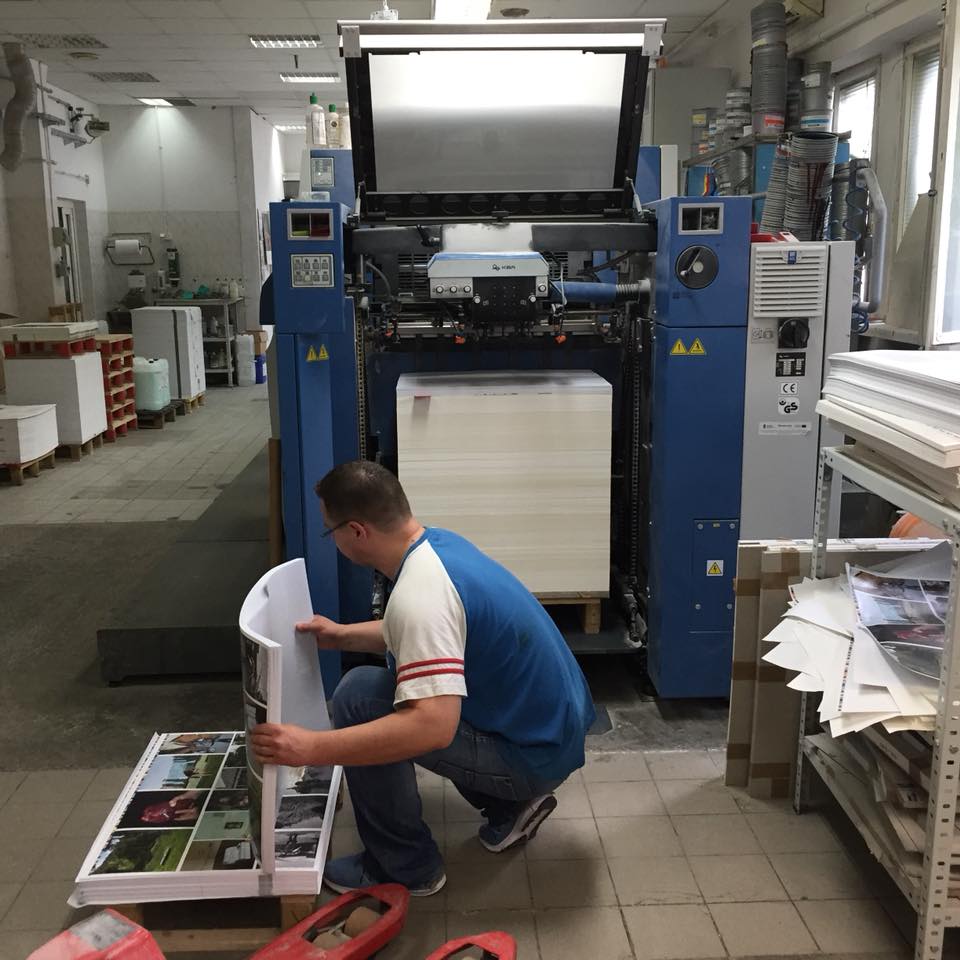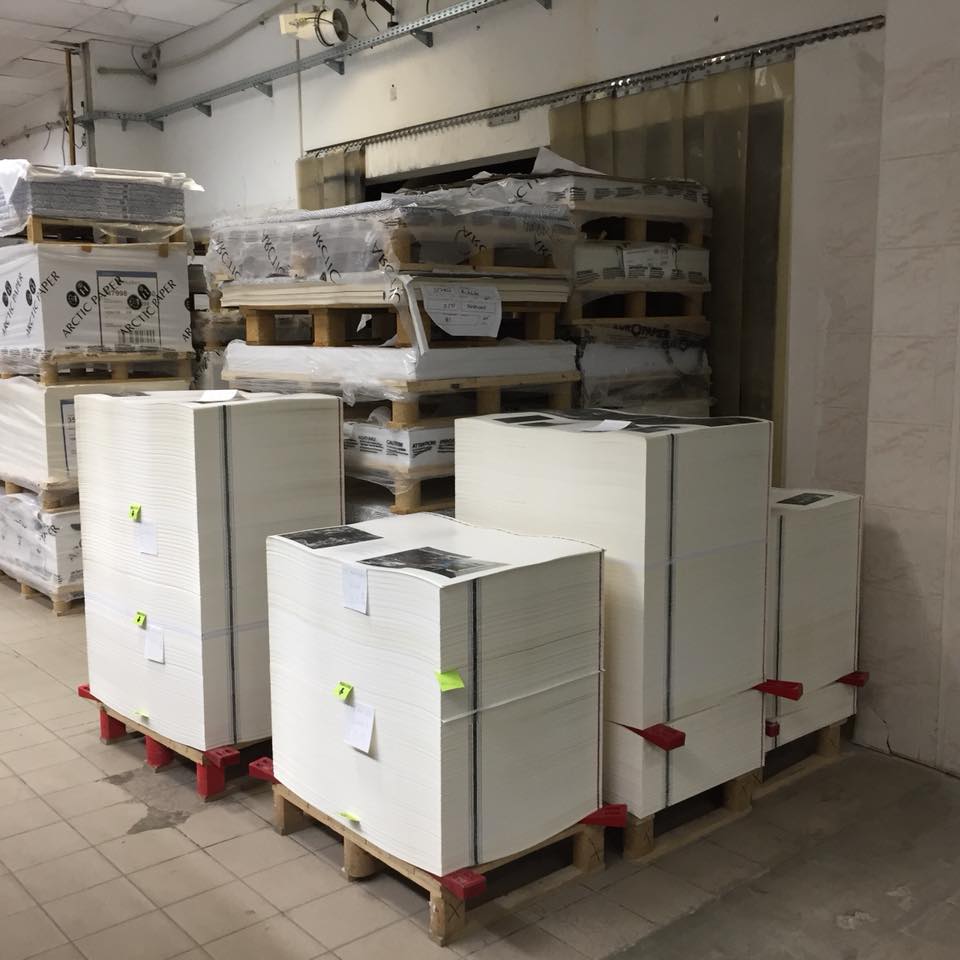After only a few hours of arriving in Salvador in the state of Bahia in North East of Brazil we have established a family connection with the daguerreotype portrait of John Frederick Gibault. Thanks to my hosts Julieta and Melodi for putting me in touch with Felipe, a local Banian teacher and student of history who spoke with Jose Adilson Gibault currently living in Muritibia. He informed us that his grand father Jorge Gibault was a son of John Frederick. Jorge also had a daughter Detinha Gibault who is 95 years old and living in Salvador. Questions still remain about who was John Frederick's mother, how his father Jean Gibault came to be in Muritibia around 1822-23 when Brazil was becoming an independent country free of Portuguese colonial rule.
We would also like to know who made the daguerreotype portrait in Bahia in 1843 at a time when photography was relatively nascent. From research in the photographic archives at Biblioteca Nacional in Rio evidence is clear that photographic practice was very active with many photographers, mainly European emigrants setting up studios in Rio, Salvador and Recife. In the mid-19th Century the population of Salvador was a third higher than in Rio (650,000 compared to 450,000 - statistics published in 1837) and in many respects the State of Bahia was a thriving metropole in large parts due to it being the centre of the sugar production with a recorded number of 540 plantations registered using slave labour.
Jean Gibaullt is listed as a sea captain in the Canadian cod-fisheries and we know that a Moises Amise Gibault and Francis Gibault (possibly brothers) also worked as sea captains for Charles Robin and mastered ships build in Paspebiac the headquarters of Robin's fish empire in the Bay of Chaleurs in the Gaspé Coast. It was Robin that established trade with Brazil in the early 19th century and it is very plausible that Jean Gibault mastered a ship that brought cod-fish from Canada to Brazil and somehow fathered a child in Bahia.
Jose Adilson Gibault also told us that his great-grandfather didn't work at sea like his father but made his money in agriculture.

